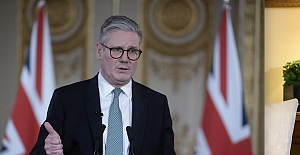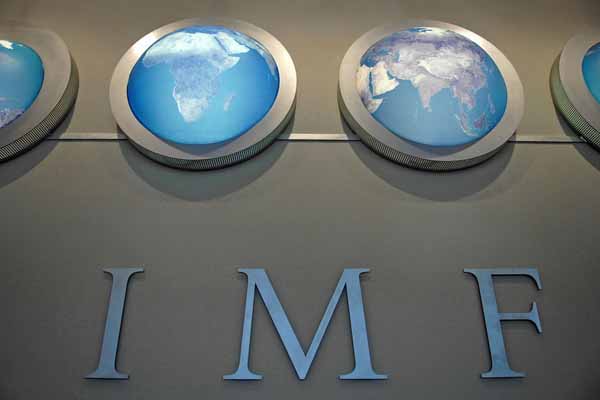The International Monetary Fund (IMF) increased its forecast for Turkey's 2013 economic growth by 0.4 percentage points, from 3.4 percent to 3.8 percent, in its World Economic Outlook report, published on Oct. 8. The report also predicts an inflation rate of 6.6 percent for this year and 5.3 percent for next year. The report also forecasts a current account deficit (CAD) for the country of 7.4 percent this year that will fall to 7.2 percent next year. It also predicted unemployment this year at a rate of 9.4 percent that will increase next year to 9.5 percent. Although noting the moderate recovery being made this year by emerging European countries, including Turkey, which it predicts will continue in 2014, the report said that risks and domestic policy challenges remain significant. It stated, “The recent global financial market volatility has led to some renewed tightening of local financial conditions, including in Turkey.” On growth, the report stated: “The recent financial tightening is expected to result in some slowing of activity in the second half of 2013. In terms of annual growth in 2013–14, however, the impact of this slowing will be more than offset by the much-stronger-than-anticipated growth in the first half of 2013, reflecting the boost to domestic demand from monetary easing and a sharp increase in government investment.”
It stressed that further deterioration in external financing conditions is another major concern, particularly for countries with relatively large fiscal or external imbalances or both, such as Turkey and Serbia.
In another report published by IMF, this time on Oct. 4, the Fund asked Turkey to tighten its fiscal and monetary policies further while stating that the need to raise domestic savings remains a challenge for the economy. It added that “with the imbalances still high and the global financial environment less forgiving, reducing these vulnerabilities should be the overreaching focus of short and medium-term policies.”
The report also noted that increasing domestic savings and pressing ahead with structural reforms in the medium term would serve to increase the long-term growth potential of the economy while maintaining a sustainable external position.


 Margaret Greer has been sworn in as the new Mayor of Enfield
Margaret Greer has been sworn in as the new Mayor of Enfield Prime Minister Keir Starmer's 2025 Easter message
Prime Minister Keir Starmer's 2025 Easter message After Nesil Caliskan a by-election will be held in Jubilee ward in Enfield
After Nesil Caliskan a by-election will be held in Jubilee ward in Enfield Publishing the analysis, Labour’s Cllr Ergin Erbil said Everybody in Enfield deserves basic rights
Publishing the analysis, Labour’s Cllr Ergin Erbil said Everybody in Enfield deserves basic rights Great respect for Ataturk and enthusiastic youth celebration in England
Great respect for Ataturk and enthusiastic youth celebration in England UK AMBASSADOR TO TURKEY VISITS FETHIYE
UK AMBASSADOR TO TURKEY VISITS FETHIYE Journalists from Europe held the Turkish Media Workshop in Skopje
Journalists from Europe held the Turkish Media Workshop in Skopje The European Union called on Turkey to uphold democratic values
The European Union called on Turkey to uphold democratic values Fenerbahce is the EuroLeague champion
Fenerbahce is the EuroLeague champion Brennan Johnson’s first-half strike seals London side’s win
Brennan Johnson’s first-half strike seals London side’s win The 'Prince of Paris' has impressed in his first EuroLeague season
The 'Prince of Paris' has impressed in his first EuroLeague season Saran Media And Euroleague Basketball Extend Media Rights Partnership for Four More Years
Saran Media And Euroleague Basketball Extend Media Rights Partnership for Four More Years UK, EU reach landmark agreement on food, fishing ahead of London summit
UK, EU reach landmark agreement on food, fishing ahead of London summit Perry Scott to become Enfield Council Chief Executive
Perry Scott to become Enfield Council Chief Executive Residents welcomed back to Edmonton Leisure Centre
Residents welcomed back to Edmonton Leisure Centre Barclays has become the biggest UK lender so far to cut mortgage rates
Barclays has become the biggest UK lender so far to cut mortgage rates



















